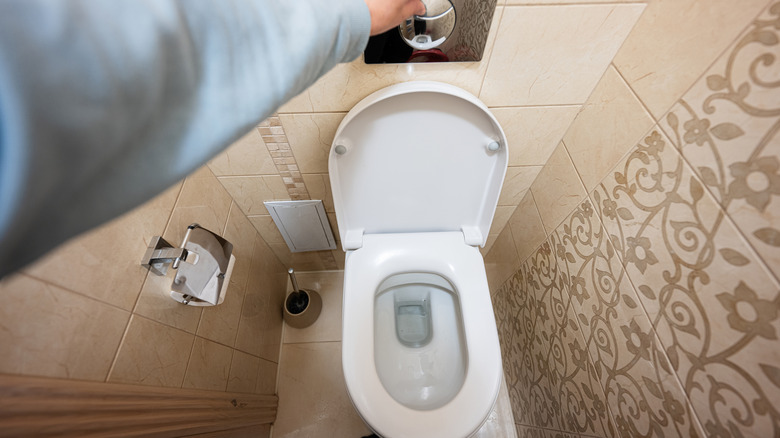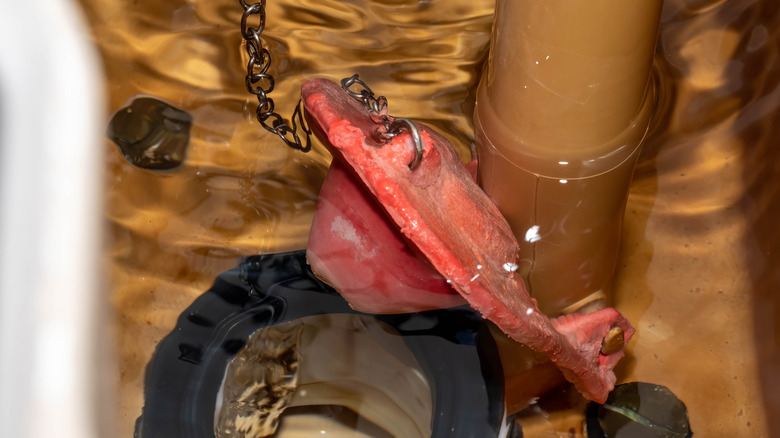How To Fix Your Running Toilet (Without Calling An Expensive Plumber)
It usually starts with a steady trickle of water long after you've flushed. Hours later, it's still there, running in the background and inching up your water bill. For most homeowners, a running toilet feels like a small annoyance, but left unchecked, it wastes gallons of water every single day and chips away at your wallet in ways you may not realize. Fortunately, fixing it rarely calls for the dreaded expense of hiring a plumber. In fact, the most common solutions, like adjusting the water level, replacing a worn-out flapper, or checking the toilet's fill valve, are simple enough for nearly anyone to try. Fixing this issue is one of the easy ways to conserve water in your home.
Still, a running toilet problem is one of those household issues people tend to put off. The sound becomes background noise, and the cost doesn't hit until the utility bill arrives. What's surprising is that in most cases, the issue doesn't come from a serious plumbing failure but from small parts wearing out over time. That means the fix is usually straightforward and inexpensive, if you know where to look. Before you reach for the phone to call in a professional, it's worth understanding what might actually be going wrong inside that tank.
Quick fixes for a toilet that won't stop running
If your toilet is continuously running, begin by checking the water level inside the tank. When you lift the lid, you should see the water sitting right at the marked water line. If it's too low, check that the valve at the toilet's base is fully turned on. A quick adjustment here often solves the issue. But if the valve is open and the tank still isn't filling properly, that points to a deeper problem.
The next suspect is the flapper. Over time, this piece warps, leaving tiny gaps that let water slip through nonstop. Replacing it is inexpensive and something you can do in minutes. Pay attention to the chain, too. If it's too long, it can wedge itself under the flapper and stop it from sealing properly. If it's too short, it holds the flapper up just enough to keep water flowing. In either case, a quick adjustment or swap usually restores quiet.
If neither of those fixes works, the fill valve is the final likely culprit. When it fails, water keeps running even after the tank should be full. Test it by lifting the float arm while the tank fills. If the water doesn't stop, the valve needs replacing. To install a new one, empty the tank, remove the old part, and secure the replacement following the manufacturer's guide. With the new valve in place, your toilet should finally stop running.

